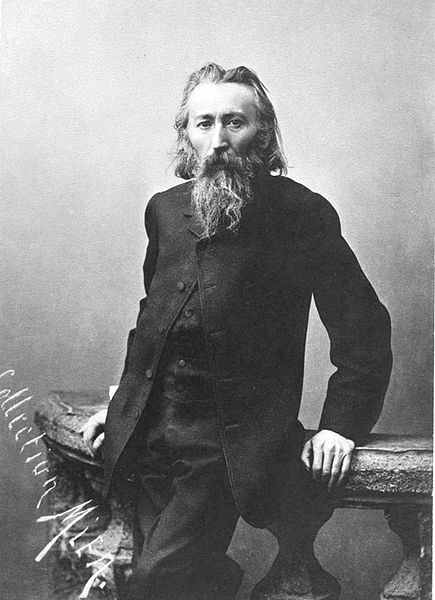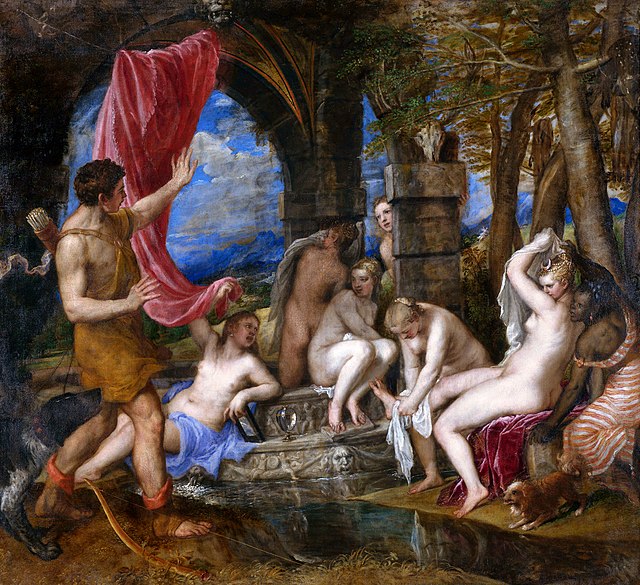Jan Alojzy Matejko was a Polish painter, a leading 19th-century exponent of history painting, known for depicting nodal events from Polish history. His works include large scale oil paintings such as Stańczyk (1862), Rejtan (1866), Union of Lublin (1869), Astronomer Copernicus, or Conversations with God (1873), or Battle of Grunwald (1878). He was the author of numerous portraits, a gallery of Polish monarchs in book form, and murals in St. Mary's Basilica, Kraków. He is considered by many as the most celebrated Polish painter, and sometimes as the "national painter" of Poland.
Matejko, before 1883
Portrait of Matejko's father, Franciszek, and three of his children, 1853, National Museum, Wrocław
Matejko's family home at 41, Floriańska Street
Jan Matejko, Stańczyk, 1862, National Museum in Warsaw
History painting is a genre in painting defined by its subject matter rather than any artistic style or specific period. History paintings depict a moment in a narrative story, most often Greek and Roman mythology and Bible stories, opposed to a specific and static subject, as in portrait, still life, and landscape painting. The term is derived from the wider senses of the word historia in Latin and histoire in French, meaning "story" or "narrative", and essentially means "story painting". Most history paintings are not of scenes from history, especially paintings from before about 1850.
Diana and Actaeon, Titian, 1556–1559, a classic history painting, showing a dramatic moment in a mythological story, with elements of figure painting, landscape painting and still-life.
Judas Returning the Thirty Silver Pieces by Rembrandt, 1629.
Jacques-Louis David's Oath of the Horatii, 1786, with a scene from ancient history.
Venus, Cupid, Folly and Time, Agnolo Bronzino, c. 1545. According to André Félibien allegory was the highest form of all history painting.








